In the fascinating world of bird behavior, one peculiar practice stands out for its ingenuity and mystery: anting. This remarkable behavior involves birds deliberately applying ants to their feathers, creating what amounts to a natural cosmetic treatment. Some species take live ants and rub them through their plumage, while others lie down among ant colonies, allowing the insects to swarm over their bodies. This curious phenomenon has captivated ornithologists for decades, leading to numerous studies about why birds would engage in such an unusual activity. From chemical protection to parasite control, the reasons behind this behavior reveal the complex intelligence and adaptive strategies of our feathered friends.
The Discovery of Anting Behavior
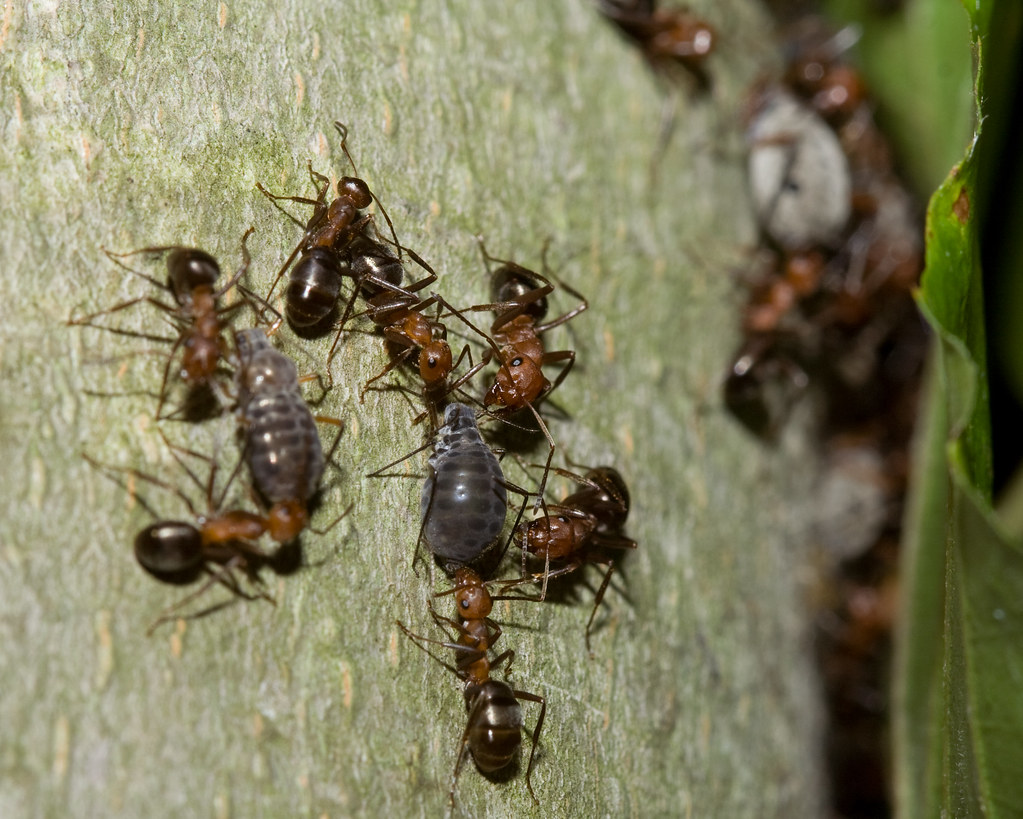
The first documented observations of anting behavior date back to the early 20th century, though indigenous knowledge of this practice likely extends much further into history. Formal scientific recognition came in 1935 when ornithologist Erwin Stresemann published the first comprehensive description of the behavior. Since then, researchers have documented anting in over 200 species of birds worldwide, predominantly among songbirds like crows, jays, and thrushes. Early observers were perplexed by what appeared to be birds “bathing” in ant colonies or meticulously applying individual ants to their feathers with their beaks. These initial observations sparked a scientific journey to understand why birds would engage in such an apparently risky behavior with insects that could potentially bite or sting them.
Active vs. Passive Anting Techniques
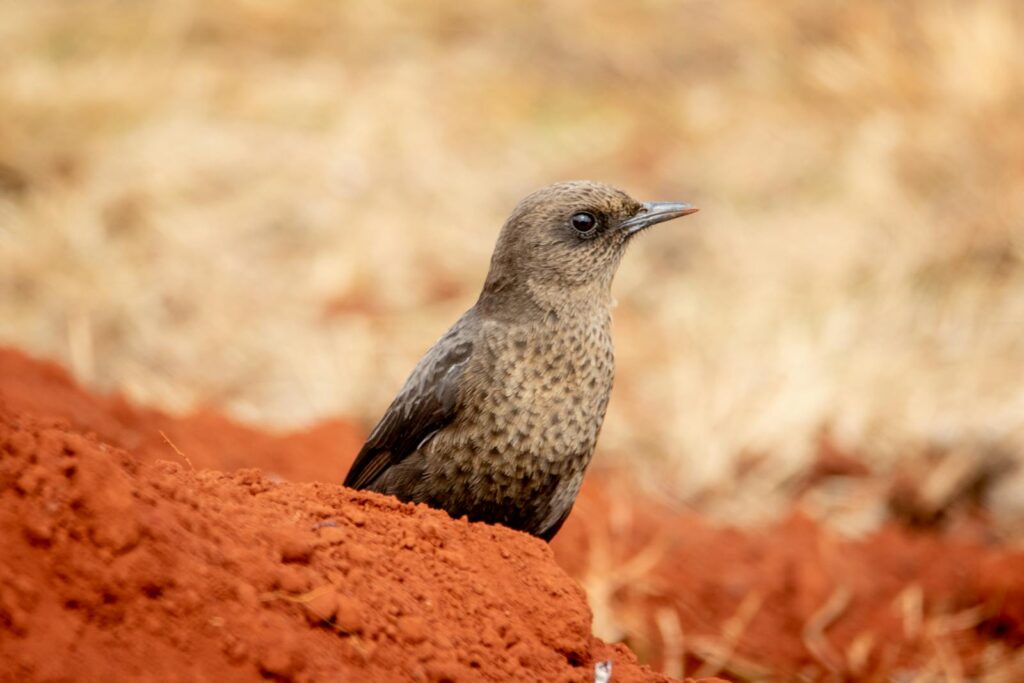
Birds practice anting in two distinct ways: active and passive anting. During active anting, birds pick up individual ants with their beaks and deliberately rub them through their feathers, often focusing on the wings, tail, and underparts. This precise application requires considerable dexterity and appears to be a learned behavior passed down through generations. Passive anting, on the other hand, involves birds spreading their wings and lying directly on ant nests or trails, allowing the insects to crawl freely through their plumage. Some species, like European starlings and American crows, are known to employ both techniques depending on circumstances. The choice between active and passive methods may relate to the species of ant available, the bird’s immediate needs, or even regional “cultural” variations in bird populations.
The Chemical Warfare Hypothesis

The most widely accepted explanation for anting involves the chemical compounds produced by ants, particularly formic acid. When disturbed or threatened, many ant species secrete formic acid as a defense mechanism, creating a potent chemical weapon. Birds appear to deliberately provoke ants to release these compounds, which then permeate their feathers. Laboratory analysis has confirmed that these secretions have antimicrobial, antifungal, and insecticidal properties that could benefit birds’ plumage health. Some researchers hypothesize that this represents a sophisticated form of “chemical warfare” against feather parasites like mites, lice, and harmful bacteria. The concentration of formic acid released during anting sessions has been measured at levels sufficient to kill or repel these common avian pests, suggesting birds are essentially creating a natural pesticide treatment for their feathers.
Parasite Control and Feather Maintenance
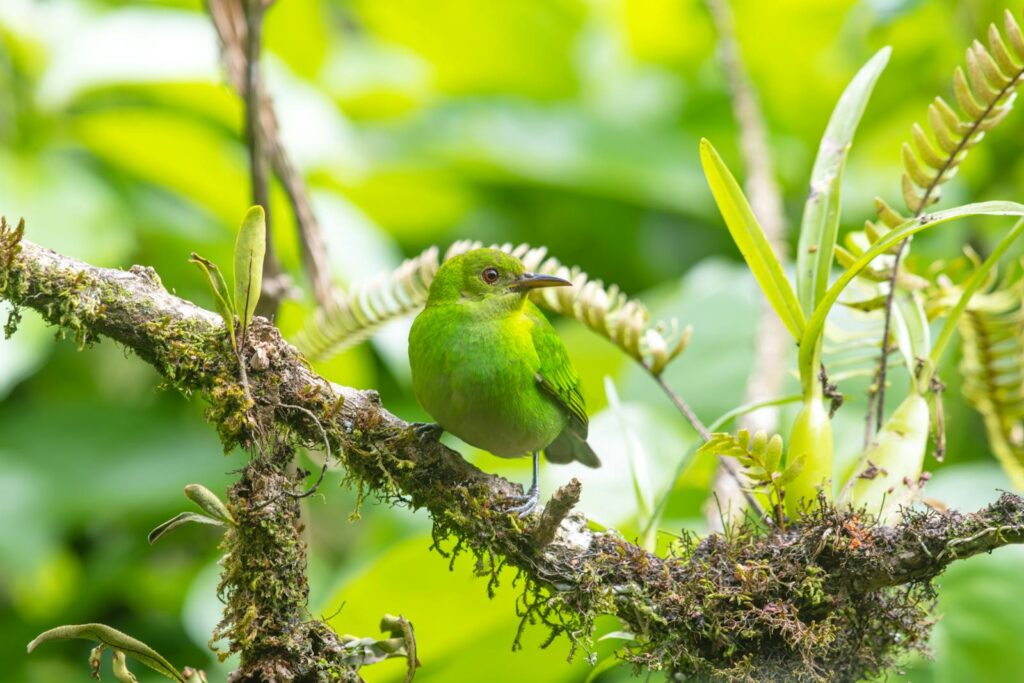
Ectoparasites represent a significant threat to birds, causing irritation, feather damage, disease transmission, and reduced mating success. The parasite control hypothesis suggests that anting serves primarily as a method of eliminating or reducing these unwanted hitchhikers. Microscopic examination of feathers before and after anting sessions has revealed significant reductions in mite and lice populations, supporting this theory. Additionally, the mechanical action of ants moving through feathers may help dislodge parasites physically, complementing the chemical effects of their secretions. Some birds appear to ant more frequently during molting periods when their feathers are particularly vulnerable to parasite infestation. This timing indicates a strategic approach to feather care during critical growth phases when birds are investing significant energy in developing new plumage.
The Self-Medication Theory
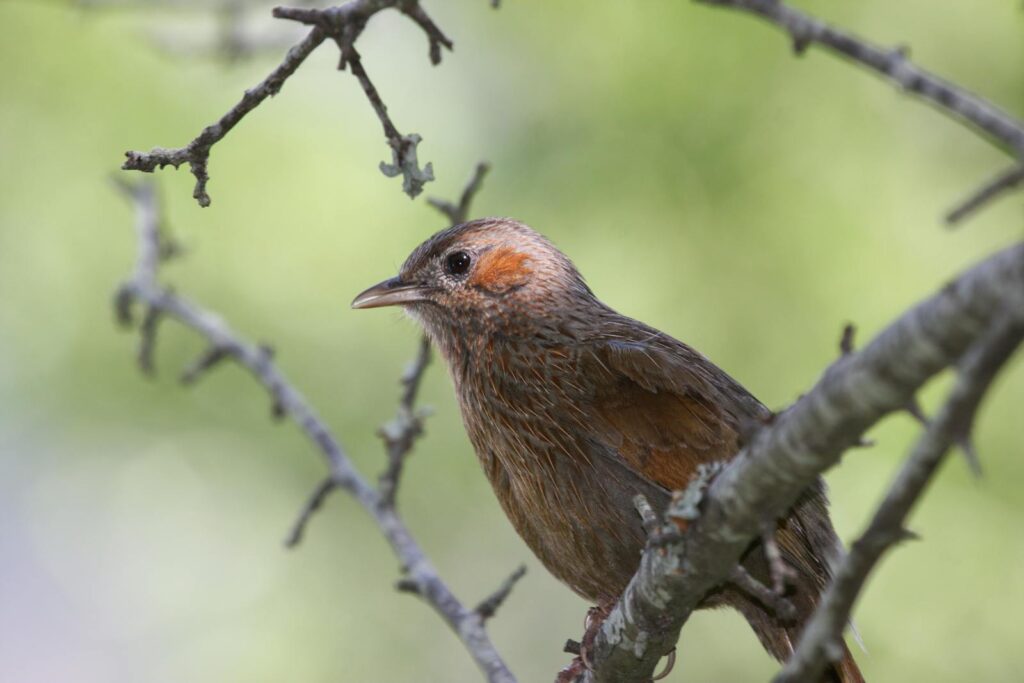
Anting may represent one of the earliest documented forms of animal self-medication, a behavior known as zoopharmacognosy. Birds might be accessing the medicinal properties of ant secretions to treat not just external parasites but also to combat internal pathogens or health conditions. Some studies have detected trace amounts of formic acid and other ant compounds in birds’ bloodstreams following intensive anting sessions, suggesting potential systemic effects. Certain bird species increase anting behavior when experimentally infected with parasites or pathogens, providing further evidence for the self-medication hypothesis. This sophisticated understanding of natural pharmacy rivals tool use as an indicator of advanced cognitive abilities in birds, demonstrating their capacity to identify and utilize environmental resources for health maintenance.
The Sensory Pleasure Hypothesis
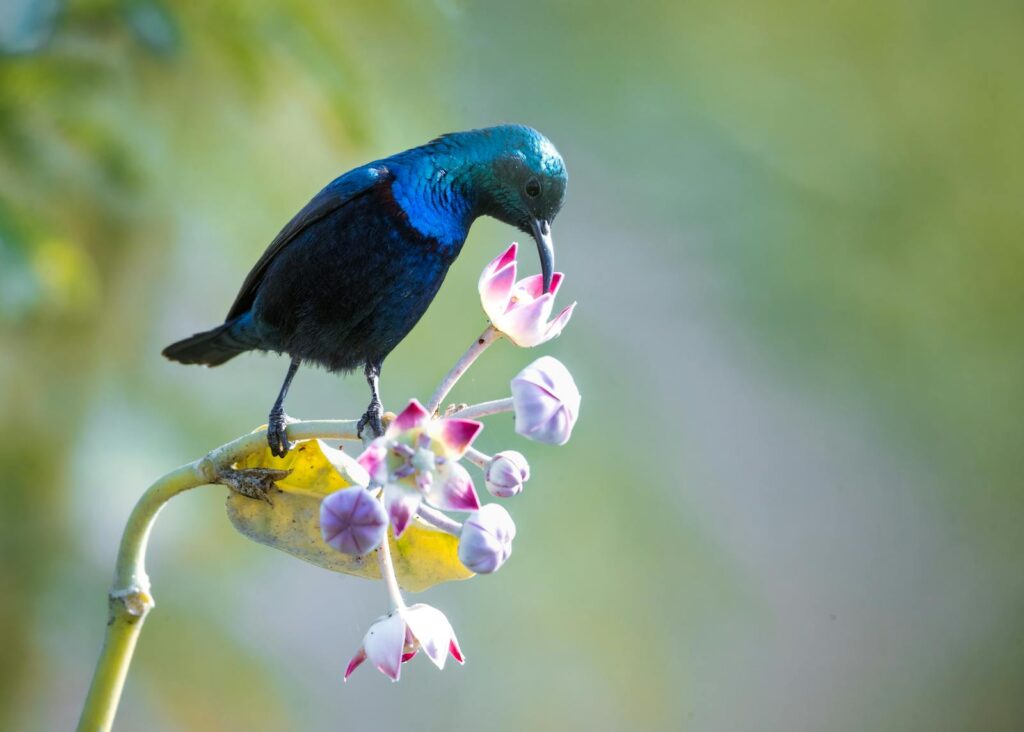
Some ornithologists propose that birds may engage in anting partly for sensory pleasure or stimulation. Birds engaged in anting often display behaviors associated with excitement or pleasure, including unusual postures, feather fluffing, and vocalizations that differ from their normal patterns. The sensation of formic acid on skin receptors could trigger a response similar to humans experiencing a tingling menthol sensation, potentially creating a pleasurable experience. Captive birds sometimes demonstrate what appears to be addictive behavior toward anting, repeatedly seeking opportunities to interact with ants even when seemingly unnecessary for parasite control. This “recreational chemical use” hypothesis remains controversial but fits within emerging understanding of animal consciousness and capacity for pleasure-seeking behaviors beyond mere survival needs.
Molting Support and Feather Quality
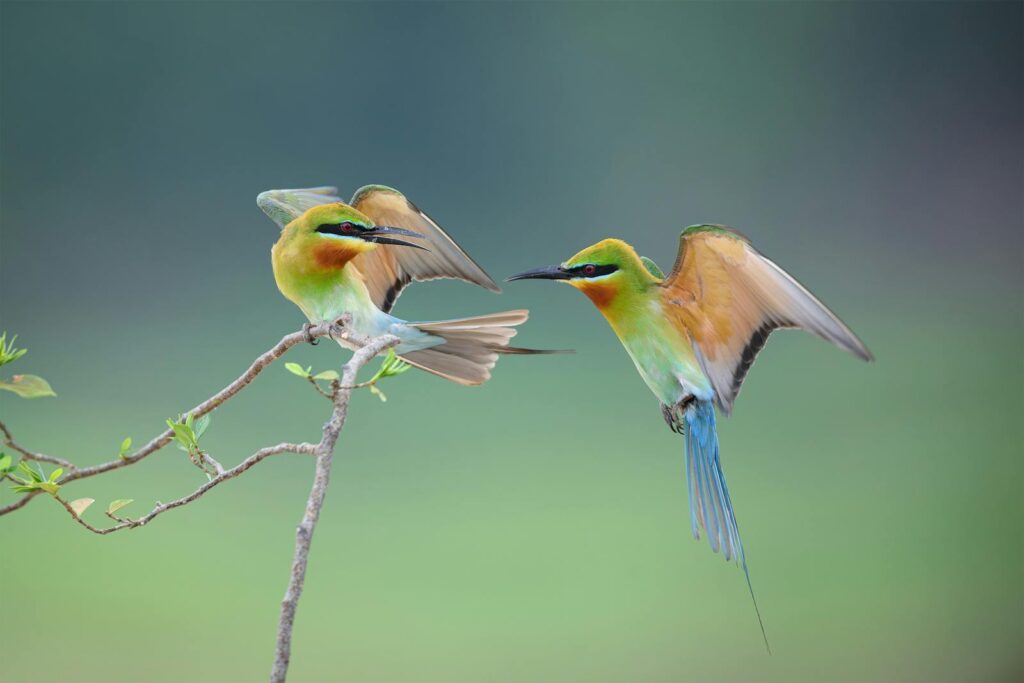
The timing of anting behavior often correlates strongly with molting periods, suggesting a relationship with feather development and maintenance. During molt, birds are particularly vulnerable as new feathers emerge through sensitive skin follicles, creating entry points for infections and parasites. The antimicrobial properties of ant secretions may help protect these vulnerable areas during feather growth. Some researchers have found that birds who regularly ant during molting develop feathers with better structural integrity, increased water resistance, and more vibrant coloration. The acid bath provided by ants might also help remove old waxes and oils from feathers, essentially “cleaning the canvas” before the bird applies new preening oils. This comprehensive feather care regimen demonstrates the sophisticated multi-step maintenance procedures birds employ to ensure optimal plumage condition.
Species-Specific Anting Preferences
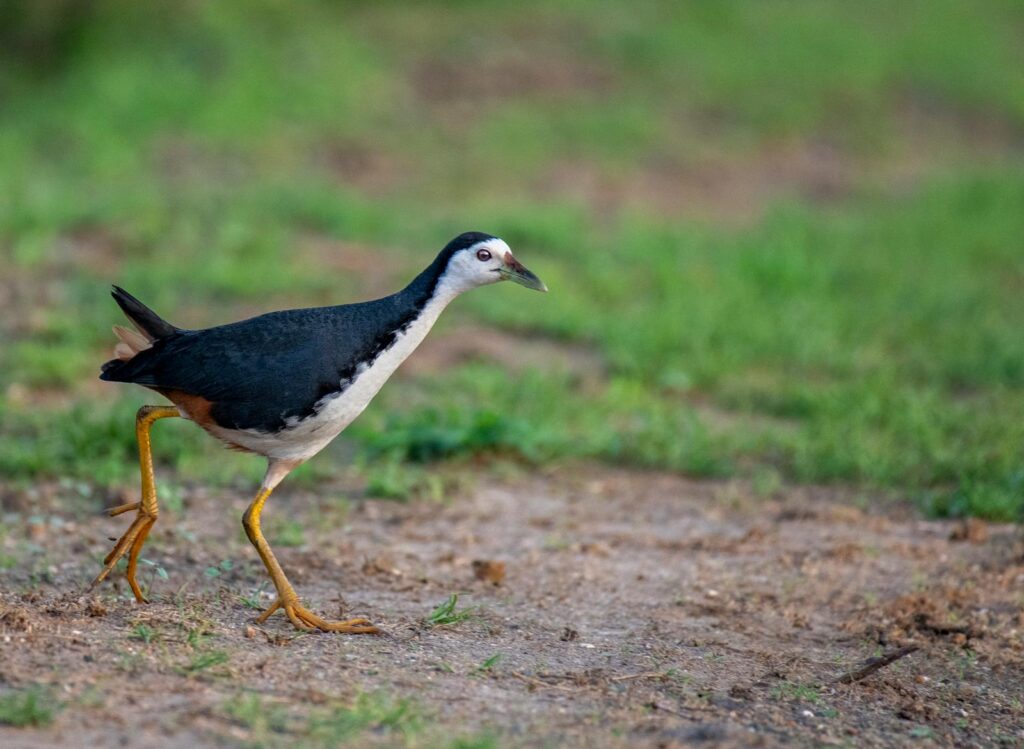
Not all birds ant, and among those that do, there are distinct preferences for particular ant species. Birds typically seek out ants that produce higher concentrations of formic acid and other defensive compounds, with the most commonly used species coming from the Formicinae subfamily. Some bird species have developed specialized relationships with specific ant species in their habitats, demonstrating local adaptations to available resources. Blue jays, for example, preferentially select larger ants with potent chemical defenses, while European starlings often target smaller species available in urban environments. Interestingly, birds generally avoid fire ants and other species with powerful stings, suggesting they can distinguish between beneficial chemical secretions and potentially harmful defensive mechanisms. This selective behavior demonstrates remarkable chemical discrimination abilities among bird species.
Seasonal and Geographic Variations
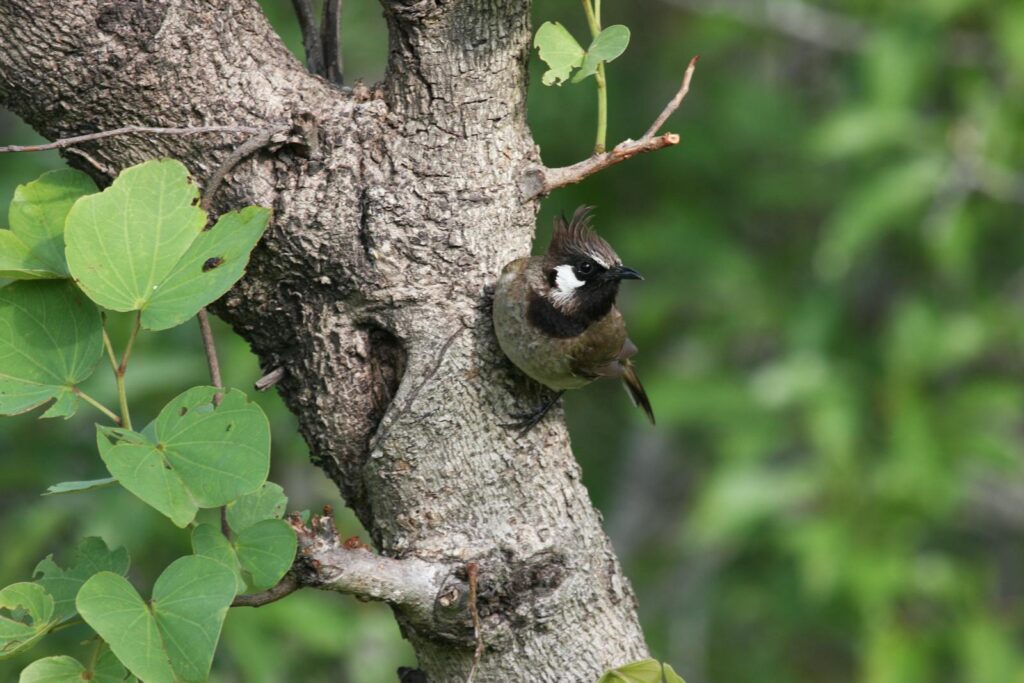
Anting behavior shows distinct seasonal patterns that vary by geographic location and climate. In temperate regions, anting peaks during warm summer months when both ant activity and parasite reproduction are at their highest, creating optimal conditions for this behavior. Tropical birds, by contrast, may ant year-round but show increased frequency during regional wet seasons when fungal and bacterial threats to feathers increase. Long-term studies have documented climate-related changes in anting behavior, with some species adjusting their anting schedules in response to warming temperatures that affect both ant and parasite life cycles. Migratory birds often engage in intensive anting sessions before long journeys, potentially preparing their plumage for the rigors of extended flight and exposure to new parasite environments. These adaptive patterns demonstrate how birds fine-tune their behaviors to local ecological conditions.
Alternative Anting Materials
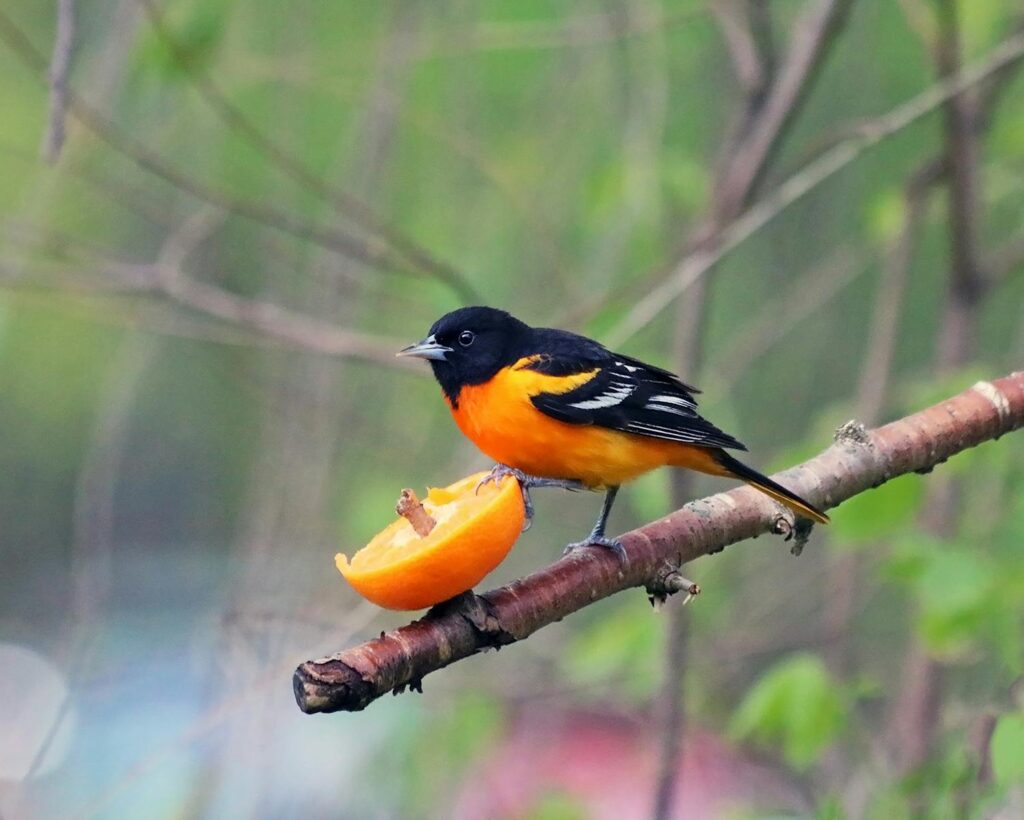
In a fascinating variation of traditional anting, some birds apply substances other than ants to their feathers in what scientists call “substitute anting.” These materials include citrus fruits, marigold flowers, walnut juice, mothballs, cigarette butts, and even household chemicals like vinegar or cleaning products. The common factor among these diverse materials appears to be their strong chemical properties, particularly acidity or aromatic compounds that might serve similar functions to ant secretions. Urban birds have been observed adapting traditional anting behaviors to use human-provided materials, showing remarkable behavioral flexibility. Some birds have been documented using cigarette butts containing nicotine, which has known parasite-repelling properties, suggesting they can identify functional substitutes for natural materials. This adaptive behavior demonstrates both problem-solving abilities and the evolutionary importance of the chemical benefits derived from traditional anting.
The Learning Process Behind Anting

The acquisition and refinement of anting behavior appears to involve significant learning components rather than being purely instinctual. Juvenile birds often observe adults anting before attempting the behavior themselves, suggesting social learning plays an important role in transmission. Young birds typically show less precise anting techniques, sometimes appearing clumsy or inefficient compared to experienced adults who have mastered the subtle manipulation required. Captive birds raised in isolation from others of their species sometimes develop anting behavior independently when exposed to ants, indicating some innate predisposition toward the practice. However, these self-taught birds generally display less sophisticated techniques than wild-raised counterparts, highlighting the importance of observational learning in perfecting this complex behavior. This combination of innate tendency refined through social learning places anting among the more sophisticated behaviors in the avian behavioral repertoire.
Anting and Sexual Selection

Some evidence suggests that anting behavior may play a role in sexual selection and mate choice among certain bird species. Birds with well-maintained, parasite-free plumage often have advantages in mate selection, as healthy feathers signal good genes and foraging ability. Species where males have particularly bright or elaborate plumage tend to engage in more frequent and thorough anting behaviors, potentially protecting their valuable sexual displays. Female birds have been observed assessing potential mates more favorably after witnessing them engage in thorough anting sessions, suggesting the behavior itself might signal cognitive ability and health awareness. In some species with complex mating displays, males incorporate anting into courtship rituals, performing the behavior in exaggerated ways when females are present. This connection between anting and reproduction highlights how behaviors that initially evolved for health maintenance can become integrated into sexual selection processes.
Future Research and Conservation Implications
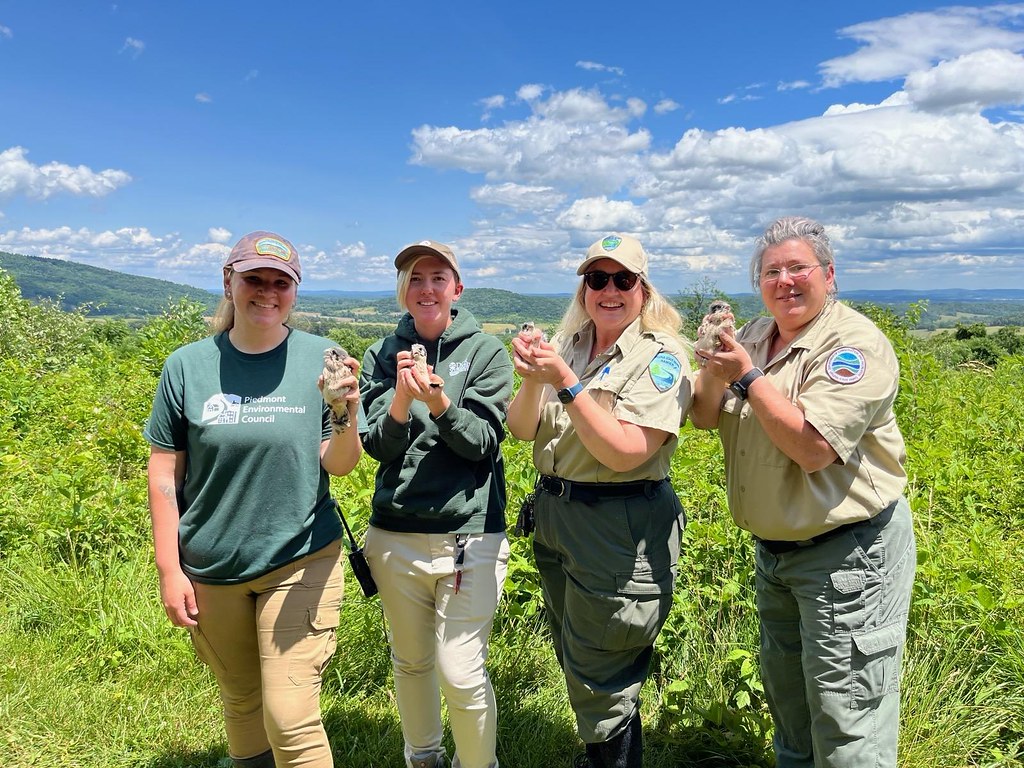
As habitat loss and climate change disrupt ecological relationships, scientists are concerned about potential impacts on anting behavior and bird health. Some ant species used by birds are declining due to habitat destruction, pesticide use, and competition from invasive ant species, potentially limiting birds’ access to preferred anting materials. Researchers are using new technologies like miniature cameras, chemical sensors, and genomic techniques to better understand the physiological impacts of anting on birds. Conservation strategies for some threatened bird species now include protection of ant colonies within critical habitat areas, recognizing the important relationship between these insects and bird health. Understanding anting behavior may also provide insights into natural compounds that could replace harmful synthetic pesticides in both wildlife management and agriculture. As with many complex ecological relationships, protecting the full spectrum of biodiversity proves essential for maintaining the delicate balance that allows fascinating behaviors like anting to persist.
Conclusion
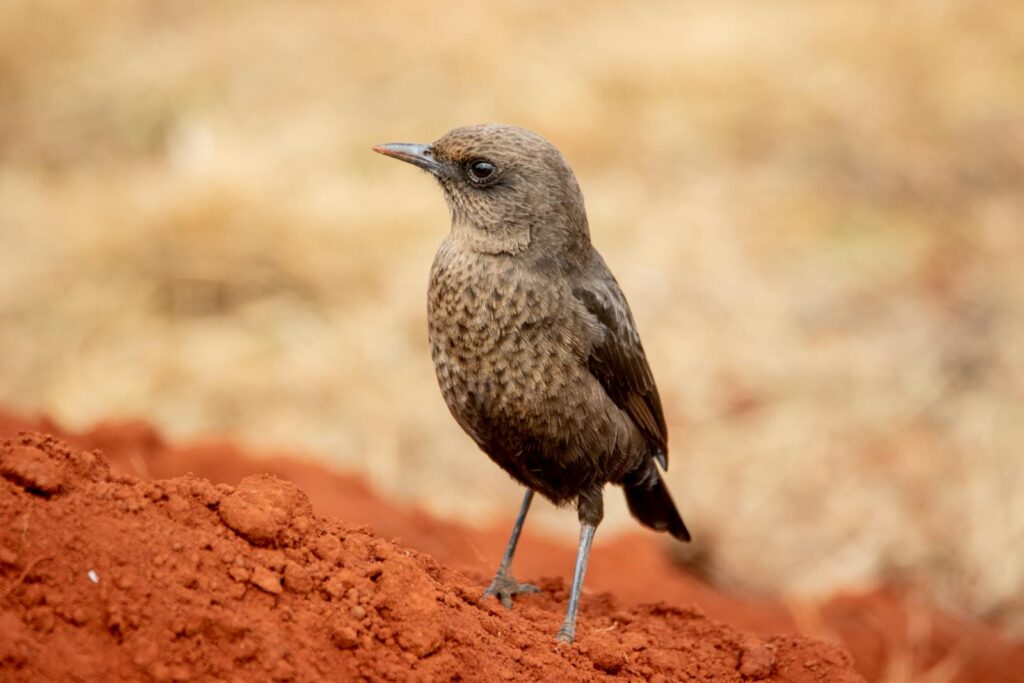
The remarkable practice of birds applying ants to their feathers represents a sophisticated intersection of animal intelligence, chemical ecology, and evolutionary adaptation. Far from being merely a curious quirk of nature, anting serves multiple potential purposes from parasite control to feather maintenance and possibly even sensory pleasure. This behavior showcases birds’ remarkable ability to identify and utilize natural resources for their benefit, essentially creating their own medicine and maintenance products from environmental materials. As research continues to unravel the complexities of this behavior, anting stands as a testament to the often-underestimated cognitive abilities of birds and their ingenious solutions to life’s challenges. In the intricate dance between birds and ants, we find yet another example of the extraordinary interconnectedness that defines our natural world.
